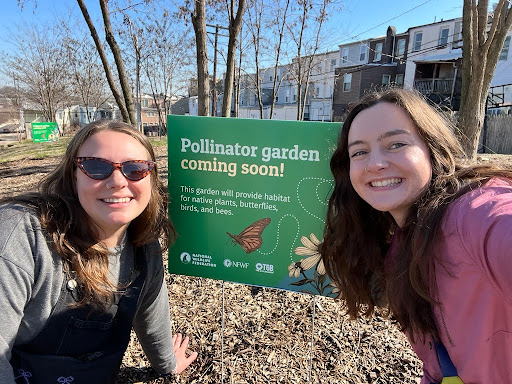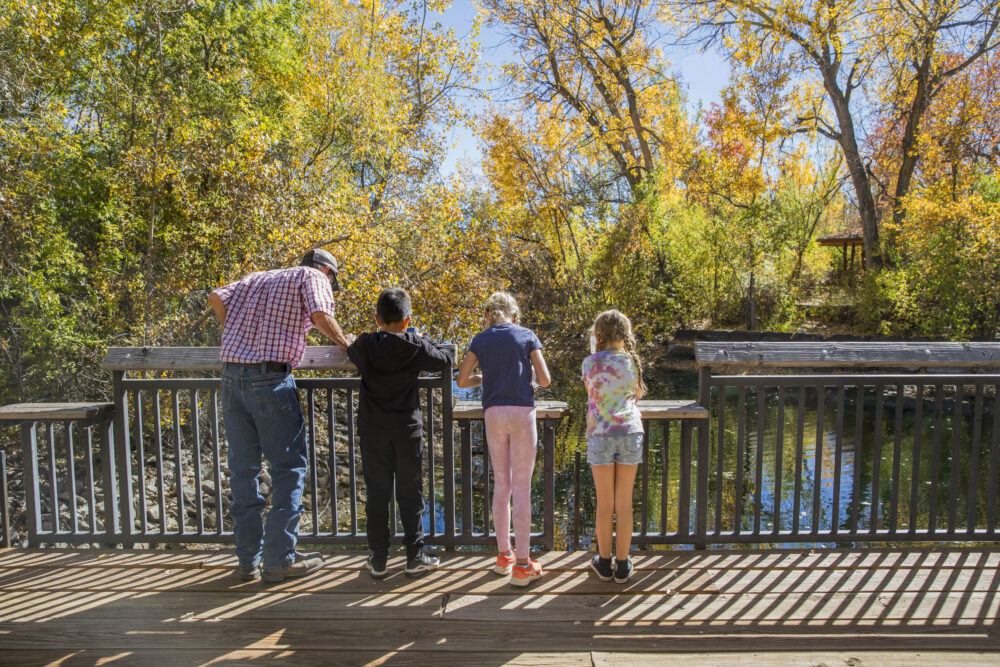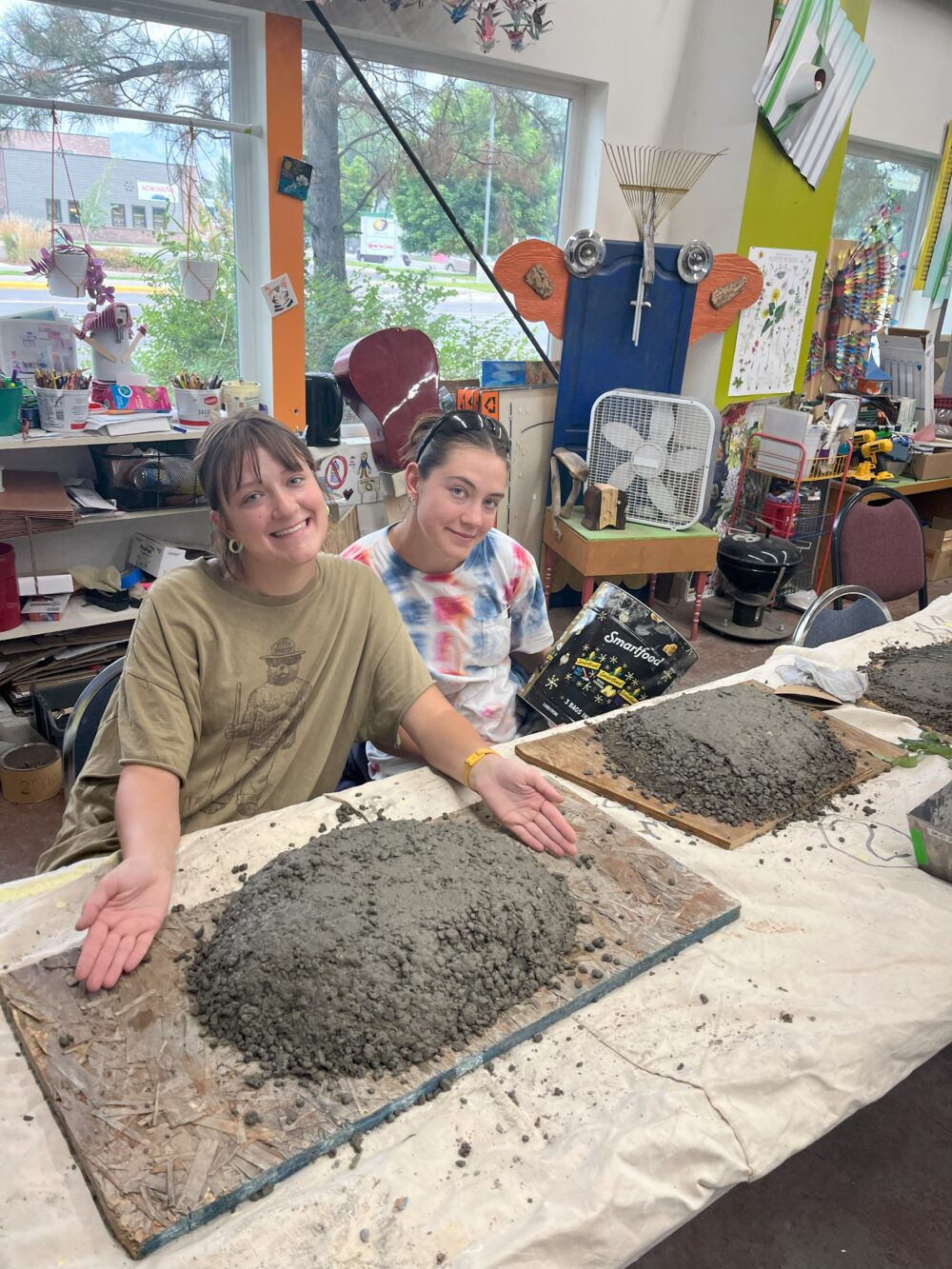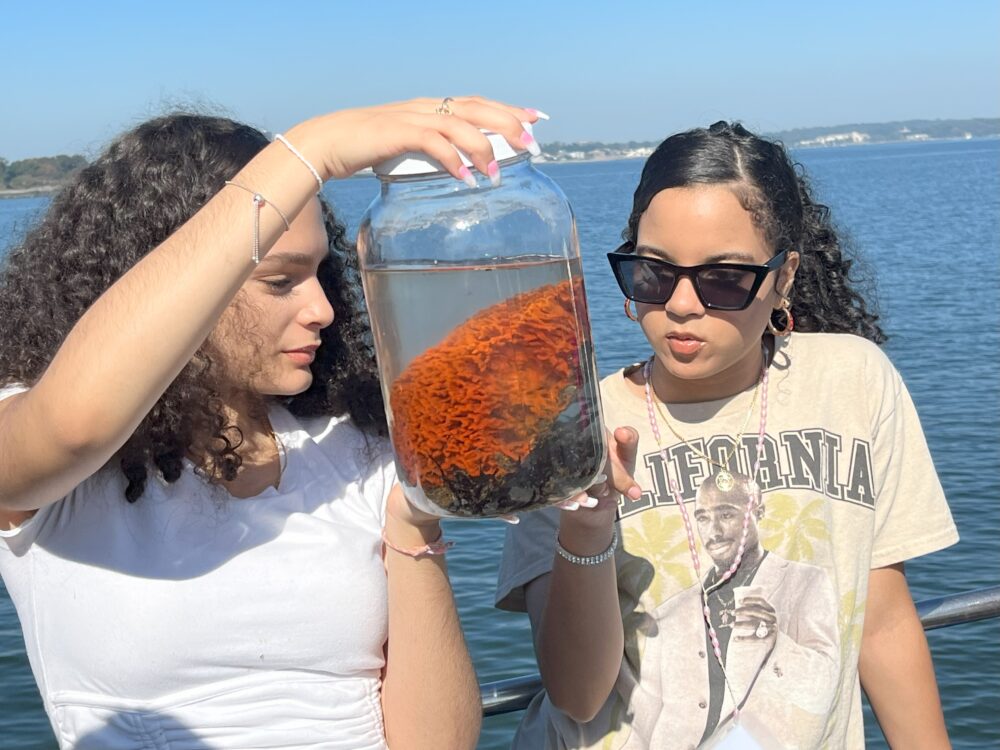We have much more to do and your continued support is needed now more than ever.
Reduce, Reuse, ReTweet
By Elisabeth Bailey
 The conversations that lead towards a sustainable society happen in many places–classrooms, coffeeshops, offices, student centers, fields, and mountains. More than any of these, however, the future of climate change activism is happening on the Web. Unlike many traditional forms of disseminating information, social media facilitates an all-way communication hub that make yesterday’s newsletter look like a dirt donkey path.
The conversations that lead towards a sustainable society happen in many places–classrooms, coffeeshops, offices, student centers, fields, and mountains. More than any of these, however, the future of climate change activism is happening on the Web. Unlike many traditional forms of disseminating information, social media facilitates an all-way communication hub that make yesterday’s newsletter look like a dirt donkey path.
In some ways, sustainability and social media are diametrically opposed: sustainability is necessarily the stuff of real-life and intensely local concerns, whereas social media spans the globe with virtual connections. In practice, however, these two seemingly disparate elements of campus life often partner each other quite elegantly as international knowledge fuels and supports local practices.
Many colleges and universities already use social media to communicate about climate change and sustainability with their students, alumni, and other institutional investors. The wide variety of media available allow a school to blanket their target audiences with comprehensive coverage. Recently a class at American University on interactive media created a social media and discussion site for an American Forum on “The Climate Change Generation: Youth, Media, and Politics in an Unsustainable World.”
Features at the site include video interviews with AU students on the topic, a Twitter feed that student attendees and public radio listeners post to, a Facebook group, a news aggregator on climate change, and various topic driven discussion boards with topics ranging from policy options to evaluation of news coverage. This multifaceted approach multiplied the impact of the event with minimal additional organizing, therefore efficiently extending the ability of the school to affect public thinking about climate change.
The Web 2.0 world breaks down boundaries; much of the information shared to inform and engage students and other institutional investors around sustainability issues on campus comes from outside organizations or informal person-to-person communications. (This is often called “tribesourcing”.) Tribesourcing is particularly prevalent on twitter, where the practice of “retweeting” relevant bits of information or links causes interesting news to travel like wildfire-when food activist Michael Pollan recently suggested on Twitter that college students go vegan to affect climate change, his message was retweeted dozens of times within the hour to spread to audiences across the nation.
For many schools, it is often unclear with whom the responsibilities for social media should reside, which departments will be involved, and what new position(s) should be created. The long-term likelihood, though, is that social media and sustainability can be integrated and adopted at every level. This parallels the decentralization of information that has been driven by social media and the ability for students and others to produce their own content and to become active participants in media, rather than passive consumers.
Social media allows students to connect and collaborate with activists around the globe, both reducing the need for travel and allowing connections to be made that otherwise would be nearly impossible. And yet, this is just the first part of the process. Attracting a “fan” or “follower” is one thing; getting that person tangibly involved is another. While a valuable storytelling tool, social media is still the tool or the medium, not the change or the action.
Properly used, social media engages and encourages contributions as it moves people up the ladder of engagement. In the American Forum on climate change, contributor Matt Nisbet suggested participants frame climate change in less environmentalist terms, but rather in terms of health and stimulation of the economy through green jobs. His comments attracted feedback, acclaim, resistance, and criticism on twitter, facebook, and the American Forum website. It was, in other words, a resounding success.
Resources: The Many Faces of Social Media
There are many forms of social media, with new options coming onto the market all the time. Here are just a few of the ways that campuses are using social media for sustainability:
- Popular facebook pages for sustainability offices at universities, like the one at New Mexico State University and for single-aspect initiatives, such as Recycle-Mania at Rice University or the Knox College Ride Board, a student-run initiative which boasts a fan base of 20% of the school’s enrolled population.
- Brief educational videos on Youtube, such as the Emory University sustainability video series.
- Lengthy educational videos for those who wish to delve deeply into issues of sustainability. Many of these can be found on Ustream , which hosts videos in a longer format than Youtube. The site offers series of videos from the University of British Columbia’s Office of Learning Technology and Institute for Sustainability Research and Education, Hosei University. Stand alone videos such as Working with Green Roofs from Portland State University allow access to university-level sustainability education to any student at any school at any time.
- Co-founded by former Vice President Al Gore, Current.com hosts College Current Issues: Sustainability where student/citizen journalists can upload videos to the website and, following a voting process, potentially have them aired on its television-channel counterpart. Download a podcast or email Current to request a DVD copy for classroom use or to schedule an on-campus speaking appearance by one of their journalists.
See More:
Luring Students With the Promise of Green: ClimateEdu
Welcome to the University, Here’s Your Green Guide: ClimateEdu





















